Blood conversations, Bollywood style
Behind the absurdity of the iconic Amar Akbar Anthony blood transfusion scene lies Hindi cinema’s ability to tell complex messages of hope and unity through 'blood’.
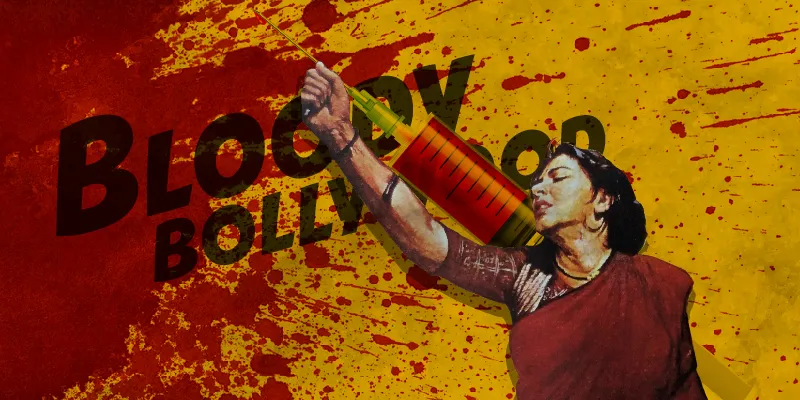
‘Main tera khoon pi jaaunga’ ,‘Khoon Bhari Maang', or ‘Khoon ka Rishta!’
Bollywood’s obsession with blood is a long-standing affair. While Amar Akbar Anthony in 1977 showcased that blood bonds can defy gravity, four decades later in 2016, Sultan explored blood donation and blood banks in a more believable manner.
Discussing the iconic blood donation scene from Manmohan Desai’s classic, Sidharth Bhatia, author of Amar Akbar Anthony, the book, says,
Medically, it is impossible to donate blood as shown in the movie as much as her (Nirupa Roy) eyesight coming back, but, we are told to suspend belief. We are told to understand the text or rather, the sub-text. Such scenes in the movie and Hindi cinema, often, set the theme of the entire movie.
Hindi cinema can be accused of manipulating and using blood to evoke almost every emotion known to mankind. Blood relations aside, marriage gains sanctity when the hero uses his blood as a vermilion, sindoor. And before we forget, once vengeance tastes the blood of family ties, the chances of a movie becoming a blockbuster hit increases manifold.
Blood, Emotion, Drama—Action!
In 1979, VK Kapoor, a professor at the Sanjay Gandhi Post-Graduate Institute of Medical Sciences, Lucknow, witnessed a ‘reel-to-real’ experience. As an intern, he counselled three sons about donating blood for their mother who had suffered a massive bleed. Almost as a reflex action, the sons exchanged glances, rolled up their sleeves and lied on a vacant bed next to their mother’s. They said, ‘Go ahead, doctor and take as much blood from our bodies and give it to our mother. But pray, save her life.’
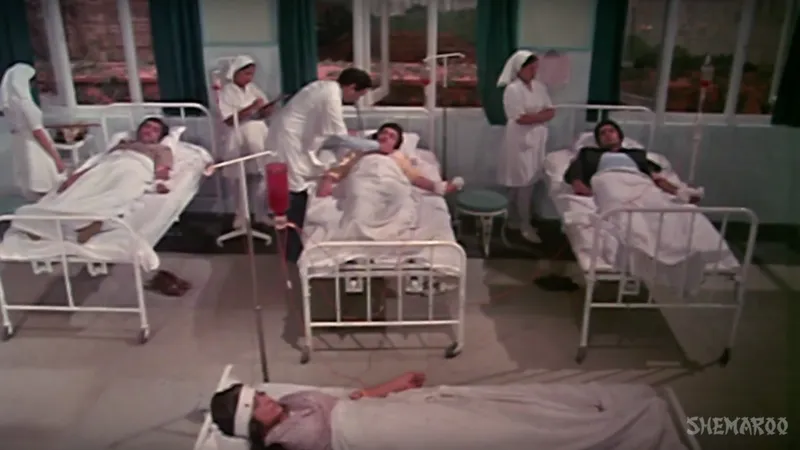
He says,
People sometimes take ‘filmy medicine’ quite literally. It was good that Amar Akbar Anthony showed that people donate blood to strangers. But while blood donation is simple, the process of blood transfusion is not as simple as it is shown. This procedure involves tests and various other medical procedures.”
Sidharth believes that audiences are quite mature and such scenes are used as a tool to convey larger social messages. Spotlighting the subtlety of Manmohan Desai’s symbolism that drives home a larger narrative, he says,
That scene to me has multiple messages. The obvious message is that they are all sons of the same mother. But the other message is that we are all one, as people—national unity. Instead of being lectured on secularism or national integration, the audience absorbs the message that not just these three but all of us are brothers.
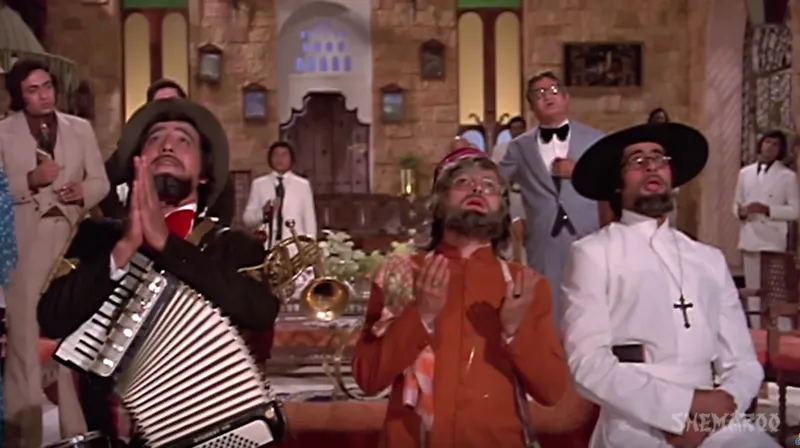
The window of the hospital, as shown in the movie, oversees three places of worship. Hence, the larger message, in this medically impossible scene, is that all citizens contribute towards the well-being of Mother India.
“They are three distinct religions that exist in this country. Blood here becomes the symbol of sameness,” he adds.
Hindi cinema for social causes
Forty years later, in 2016, Bollywood witnessed two other movies which explored blood donation, albeit with a different lens.
If you thought the Salman Khan-Anushka Sharma-starrer blockbuster Sultan was all about wrestling, think again. The narrative of the entire 170 minute revolved about blood—blood donation bore witness to the initial romance between the couple; lack of availability of blood type A negative became the anchor of the movie; while the ambition to open a blood bank in rural Haryana became the symbol of repentance in present-day reality.
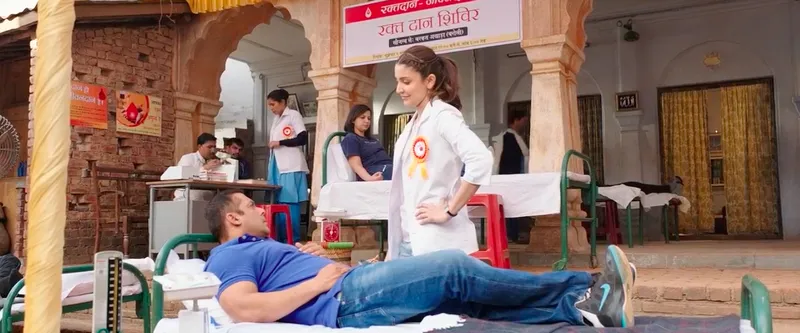
Randeep Hooda-starrer Laal Rang dared to explore the uncharted subject of illegal blood trade in India. With India faces a blood shortage of 3 million units, blood theft is a serious issue that has yet not been addressed.
Syed Ahmed Afzal, the director of Laal Rang, says,
In small-town centres, there is lack of awareness about blood donation. In the remote regions of our country, blood donation is seen as something detrimental to health and therefore there is shortage in blood banks in hospitals.
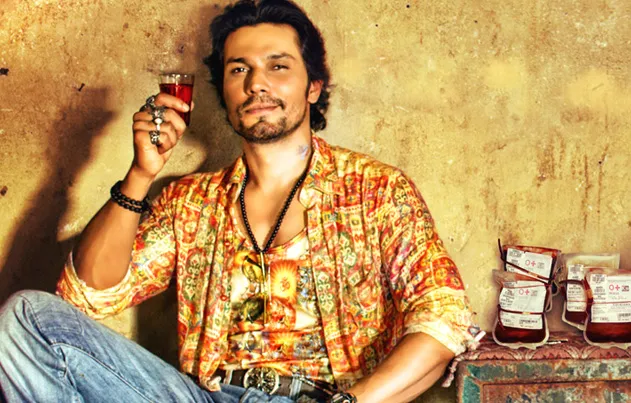
He adds,
When you want a specific blood group, you need to give replacement of the same amount. However, people seeking a specific blood group, with the help of touts skip the process of blood replacement. We know about different medical scams like kidney theft, etc. but blood theft has never been depicted in cinema anywhere in the world.
Dr VK Kapoor says,
Cinema is an important medium to address social causes. It has a wide reach and it leaves an impact on the audience.”
The moving images of cinema are consumed by the masses, irrespective of the barriers of caste, class, creed, or sex. As Syed Ahmed Afzal says, “if you tell an engaging tale carrying an important message, it is bound to make people aware about the issue.”







